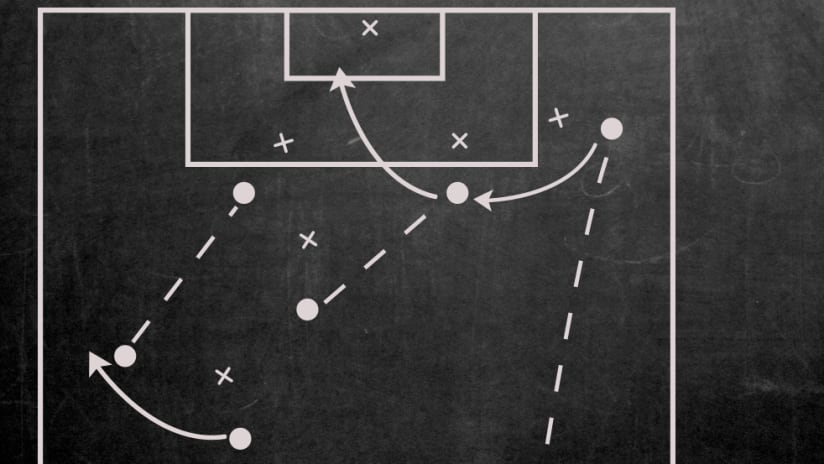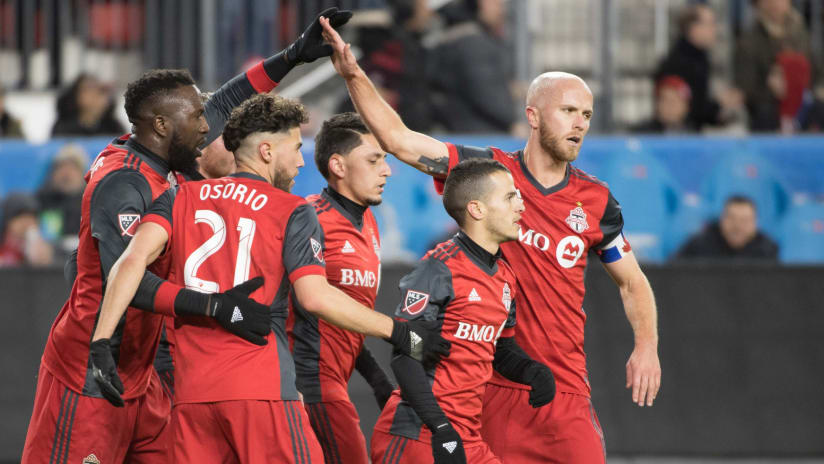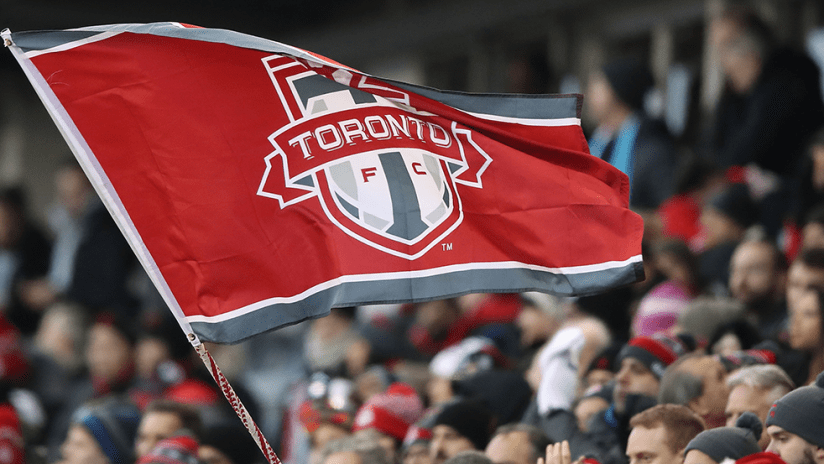Toronto FC have done everything that’s been asked of them during the last 16 months. They’ve defeated all challengers in every competition on their way to the domestic treble. It’s been incredible to follow.
And yet, Toronto now face their biggest test to date when they take on Chivas de Guadalajara in the Concacaf Champions League (8:15 pm ET | UDN; TSN2; univisiondeportes.com, go90.com) final, and not just because it’s the most monumental of potential victories. Chivas aren’t the best team Toronto have played this year, but they are the one equipped to make life toughest on the Reds.
In Tuesday’s first leg, Chivas will enter Toronto's BMO Field with a single mission: survive.
It’s strange to say, but an MLS club enters the CCL final as favorites. Chivas have been struggling all year; they currently stand 16th in Liga MX. They don’t have a roster filled with overpowering talent or confidence right now.
Chivas’s plan to win the two-leg championship is likely simple: make it out of Toronto within shouting distance, then win the second leg in Guadalajara. The plan can be divided into two parts.
First, Chivas will hope to draw the Reds into yellow cards in Toronto. Five Toronto players - Michael Bradley, Sebastian Giovinco, Jozy Altidore, Jonathan Osorio and Drew Moor - would all be suspended for the second leg if they pick up a yellow in Toronto. Chivas players might have those names tattooed on their arms by 8:15 pm ET Tuesday. When Chivas get into the open field, look for their players to pay more attention to the defender than the ball or goal, in hopes of finding Bradley and drawing a foul. A return leg in Guadalajara without Bradley or Giovinco completely changes the dynamic.
Second, Chivas will want to keep Toronto off the scoresheet in the first leg. Nil-nil would be just fine for the Mexican giants. Chivas didn’t try to hide their game plan at all in a successful, if uninspiring, semifinal against the New York Red Bulls.
The Goats secured a win in Guadalajara and then held on for dear life in Harrison. Chivas set their defensive shape near the top of the penalty box and RBNY sent wave after wave of attack. New York took 20 shots and forced 52 Chivas clearances, but ultimately didn’t get enough good looks to capitalize.
It should be similar – if not intensified – on Tuesday. Chivas will stay deep, compact, and pragmatic all game.
When Toronto have the ball, they will work through five options to break down the Chivas defense:
- A shot from distance. It’s generally not the best approach, but when you have Giovinco, it’s a little more effective.
- Connect short passes around the top of the 18 to rotate the ball and pull the Chivas out of their shape.
- Look for a pinpoint pass from someone who can pick up his head from outside the crowded zone to find a teammate running to goal.
- Isolate Jozy to post up on a center back (similar to basketball low-post play), then play the ball into him and have runners dart forward to receive layoffs.
- Isolate someone, ideally Giovinco, in a wide area to attack a defender 1-v-1.
Toronto have shown they can do all of those. The variety and depth of options they have to attack is rare and incredible. But whenever you play a team looking to counter, the margins are fine. Red Bulls manager Jesse Marsh learned it all too well in the semis: “When you play a team that is strict man-to-man,” Marsch said then, “They are waiting for you to play anything underneath, anything through the midfield and jump on it and score. The only real chance they had to score the whole series was their goal that we tried to play underneath. They stepped in front and punished us.” A single stray pass could cost you everything.
The last time Toronto played a team fully committed to sitting deep in a final, against the Seattle Sounders in the 2016 MLS Cup final, Toronto struggled to create chances. After the game, Altidore told reporters, “To be completely honest, I think we could use a little bit more of a creative player. That will take us a little bit higher than we are right now. We’re a very good team but if we have another piece who is creative, whether it be a winger, or a creative player who can in his own way help us decide games, that would be great.” In the offseason, Toronto signed midfielder Victor Vazquez. Vazquez made the 2017 MLS Best XI on the strength of 8 goals and 16 assists.
The topic of Vazquez leads us to the biggest decision Toronto manager Greg Vanney faces ahead of kickoff. Toronto defeated Club America in the semis with a somewhat unexpected lineup: regular starters Justin Morrow, Chris Mavinga, and Vazquez missed both legs through injury. Vanney has indicated both Morrow and Mavinga have passed fitness tests, with Vazquez's assessment on Tuesday. Will Vanney reinsert his regular starters, or will he stick the players who got him there, including Ashtone Morgan and Auro?
For more than a year, Toronto have passed every test. They have a couple new questions coming Tuesday, and two legs to answer in this final exam.













